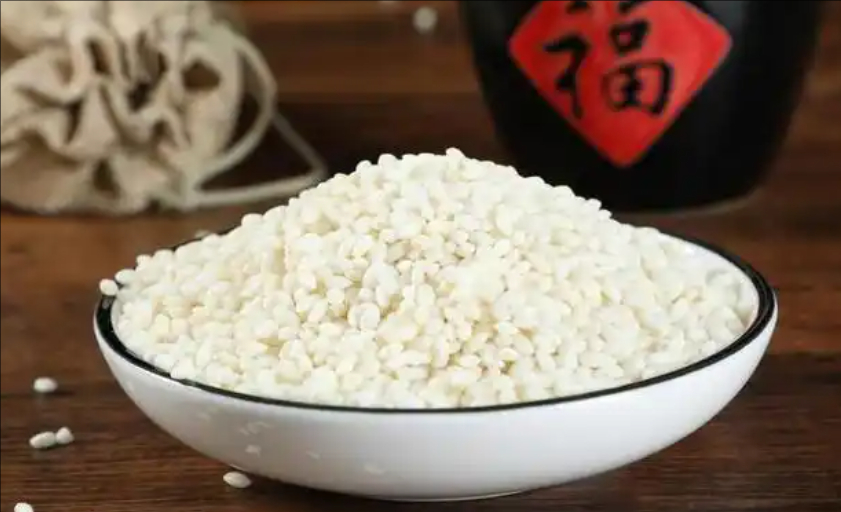E-mail: Alisa@lantianmachine.com
 LANTIAN MACHINERY
LANTIAN MACHINERYE-mail: Alisa@lantianmachine.com
 LANTIAN MACHINERY
LANTIAN MACHINERYPosted at: 2025 / 08 / 10 by: Admin views:

Glutinous rice, the hulled rice from glutinous rice, is called "nuomi" in southern China and "jiangmi" in northern China. It's considered a universal ingredient in the culinary world, serving as the heart and soul of rice dumplings, eight-treasure porridge, and various desserts. It's also a key ingredient in brewing laozao (sweet rice wine).
The drying process for glutinous rice varies depending on the equipment and production requirements, but the following are the basic steps:
Preheating: Place the glutinous rice in the dryer and gradually increase the temperature to acclimate it to the drying environment. The preheating time is generally about 30 minutes.
Drying: Adjust the drying temperature and time based on the variety and moisture content of the glutinous rice. Typically, the drying temperature is between 35°C and 50°C, and the drying time is approximately 10 hours. During the drying process, the glutinous rice should be stirred constantly to ensure even heating and optimal drying.
Cooling: Remove the dried glutinous rice and place it in a well-ventilated area to cool to room temperature.
Packaging: After cooling, package the glutinous rice to prevent moisture and contamination.
Proper drying can maintain the rice's elasticity to a certain extent. The starch structure in glutinous rice changes during the drying process. Proper drying allows the starch molecules to form a good network structure. For example, when making foods like glutinous rice balls, properly dried glutinous rice produces a springy outer layer and a soft, chewy texture. However, if the drying temperature is too high or the drying time is too long, the starch will be excessively denatured, and the glutinous rice will lose its elasticity, becoming dry, hard, and loose.
Pre:What is the drying process for Chinese herbal medicines?
© 2016 Gongyi Lantian Mechanical Plant All rights reserved.